Traditional glass-blowing villages represent centuries of specialized craftsmanship, where entire communities developed around the ancient art of shaping molten glass into functional and decorative objects. These settlements evolved from practical necessity—glass production required specific raw materials, fuel sources, and skilled artisans who passed techniques through generations of family workshops.
Today’s surviving glass-blowing villages maintain traditional methods alongside modern innovations, preserving craft techniques that connect contemporary artisans to medieval glassmakers. Here is a list of 16 traditional glass-blowing villages where ancient techniques continue shaping molten glass into art.
Murano, Italy
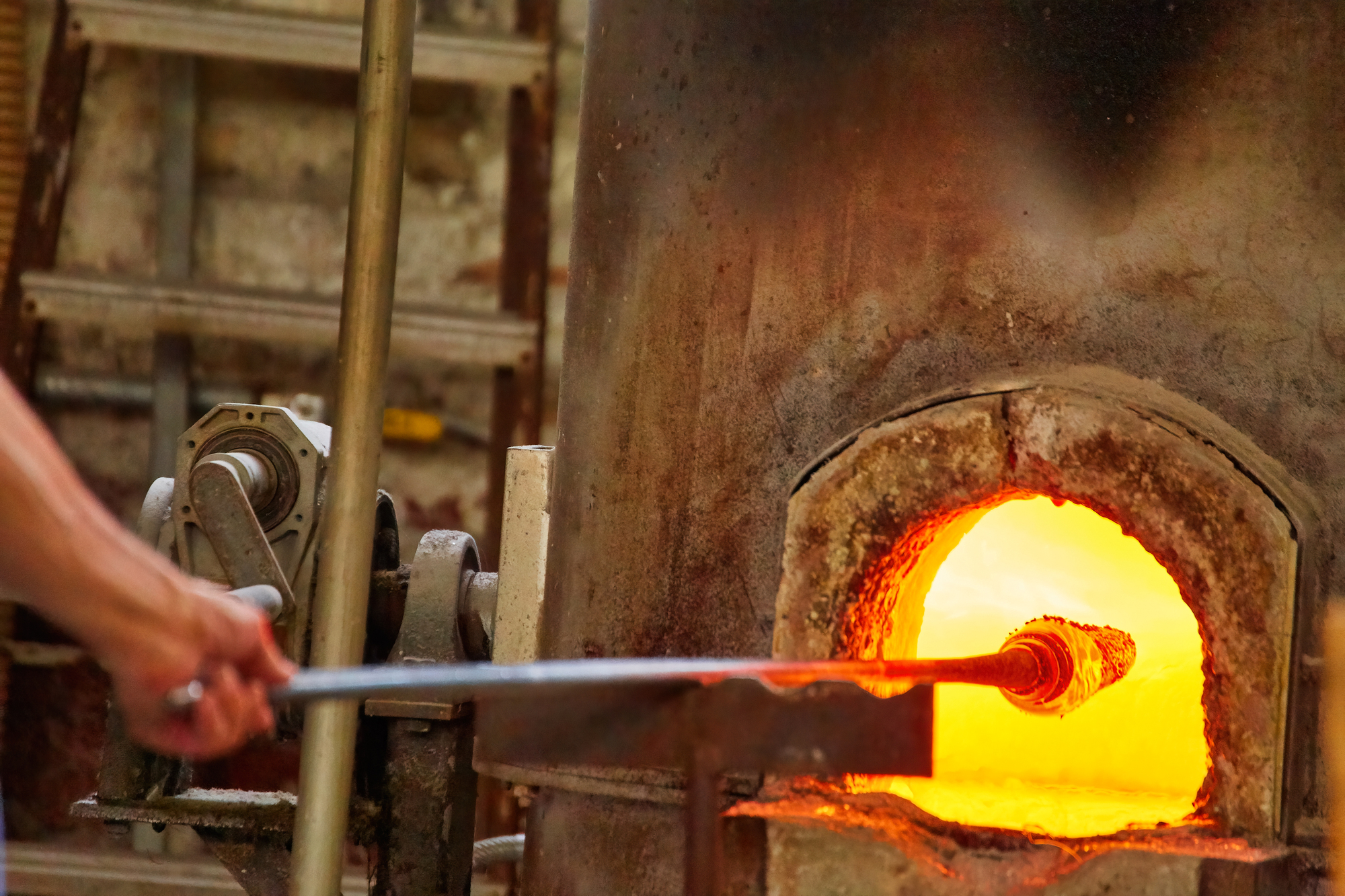
Venice’s famous glass island has maintained its glassmaking monopoly for over 700 years, ever since the Venetian Republic moved all glass furnaces here in 1291 to prevent fires and protect trade secrets. The island’s artisans developed techniques for creating impossibly thin glass, millefiori patterns, and crystal-clear cristallo that made Venetian glass the most prized in medieval Europe.
Modern visitors can watch glassblowers using the same fundamental techniques that made Murano synonymous with luxury glass throughout the Renaissance.
Steuben, Germany

This Bavarian village specializes in lead crystal production using traditional German techniques that emphasize clarity and precision cutting, maintaining methods developed during the Holy Roman Empire when German glassmakers competed with Venetian artisans. The village’s workshops continue producing handmade crystals using recipes and techniques that local families have refined for over 400 years.
Today’s craftsmen work in the same buildings where their ancestors created glass for European nobility.
Like Travel Pug’s content? Follow us on MSN.
Biot, France

This Provençal village became famous for its bubble glass technique, where trapped air creates decorative patterns within thick glass walls that reflect the Mediterranean light in distinctive ways. Local artisans developed this method during the Renaissance as a practical solution for creating sturdy glass containers, though it evolved into a recognized artistic style.
Modern Biot glassblowers continue working in medieval workshops, using wood-fired furnaces that maintain the high temperatures necessary for traditional French glass techniques.
Orrefors, Sweden
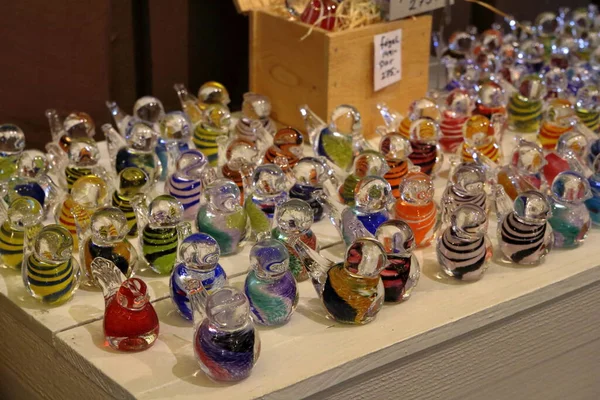
This Swedish village revolutionized Scandinavian glass design during the early 20th century, though its glassmaking traditions date back to medieval forest glass production when local woodlands provided fuel for primitive furnaces. The village’s artisans developed clean, minimalist designs that reflected Swedish aesthetic principles while maintaining traditional hot-glass working techniques.
Today’s Orrefors workshops blend traditional Scandinavian craftsmanship with contemporary design, creating glass that embodies both historical technique and modern Nordic style.
Waterford, Ireland

Ireland’s most famous glassmaking town has produced lead crystal since 1783, developing distinctive cutting patterns and clarity standards that made Waterford crystal internationally recognized for quality and craftsmanship. The town’s artisans perfected techniques for creating deeply cut patterns that refract light in complex ways, turning functional glassware into decorative art pieces.
Modern Waterford craftsmen continue using traditional mouth-blowing and hand-cutting techniques that require years of apprenticeship to master.
Like Travel Pug’s content? Follow us on MSN.
Lalique Village, France
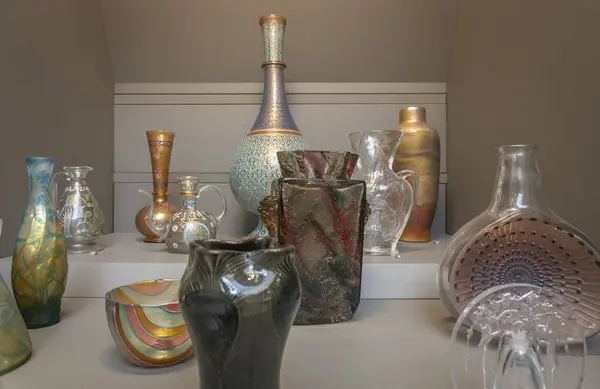
This Alsatian village grew around René Lalique’s crystal workshops, though the region’s glassmaking tradition extends back to medieval times when local forests provided fuel and sand deposits supplied raw materials. The village maintains traditional French glassworking techniques while incorporating the Art Nouveau and Art Deco innovations that made Lalique internationally famous.
Contemporary artisans work in facilities that blend historical craft traditions with the artistic vision that revolutionized decorative glass in the early 20th century.
Corning, New York

While American rather than European, Corning developed into a traditional glassmaking community during the 19th century when local artisans adapted European techniques to American materials and market demands. The town’s Steuben Glass Works became famous for creating some of America’s finest art glass, using traditional methods learned from immigrant European craftsmen.
Today’s Corning Museum demonstrates traditional glassblowing techniques alongside contemporary innovations, maintaining living connections to historical American glass production.
Seguso, Italy
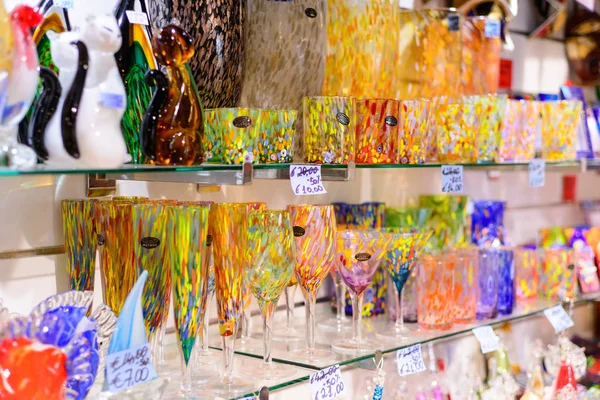
This Murano family workshop represents over 600 years of continuous glassmaking tradition, with techniques and artistic approaches passed directly from generation to generation without interruption since the 14th century. The Seguso artisans developed distinctive color techniques and sculptural approaches that influenced Venetian glass throughout the Renaissance and continue inspiring contemporary glass art.
Modern family members work alongside their ancestors’ tools and in workshops that have remained essentially unchanged for centuries.
Like Travel Pug’s content? Follow us on MSN.
Kosta, Sweden
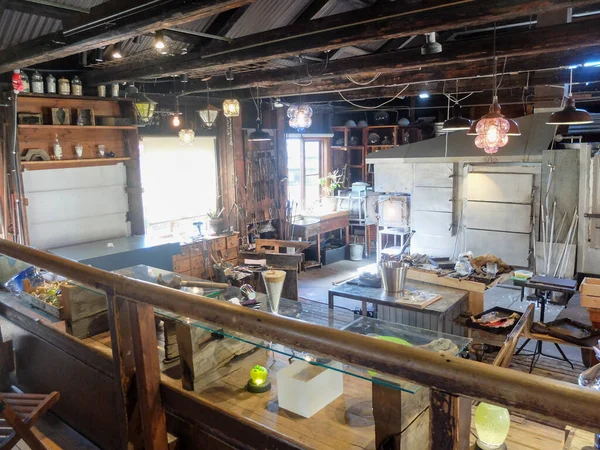
Sweden’s oldest glassworks village began production in 1742 in the Småland forests, where abundant wood fuel and local sand deposits created ideal conditions for traditional Swedish glass production. The village developed distinctive engraving and etching techniques that became hallmarks of Swedish crystal, emphasizing clarity and subtle decorative elements.
Today’s Kosta artisans maintain traditional forest glass techniques while adapting to contemporary design trends and environmental concerns about fuel consumption.
Saint-Louis, France

This Lorraine village has produced luxury crystal since 1767, developing techniques for creating colored crystal and complex cutting patterns that made Saint-Louis crystal coveted by European royalty and wealthy Americans. The village’s artisans perfected methods for incorporating metallic elements and creating layered color effects that require exceptional skill and precise temperature control.
Modern Saint-Louis workshops continue using traditional French crystal techniques that demand years of apprenticeship and maintain quality standards established during the 18th century.
Novy Bor, Czech Republic
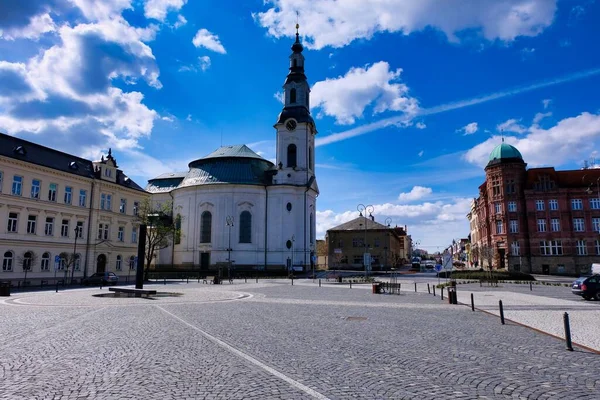
This Bohemian glass town represents centuries of Central European glassmaking tradition, specializing in decorative glass beads, Christmas ornaments, and art glass that showcases distinctively Czech aesthetic sensibilities. The town’s workshops developed techniques for creating complex millefiori patterns and delicate glass sculptures that require exceptional manual dexterity and artistic vision.
Contemporary Czech artisans maintain traditional Bohemian techniques while adapting to modern market demands for both decorative and functional glassware.
Like Travel Pug’s content? Follow us on MSN.
Hadeland, Norway
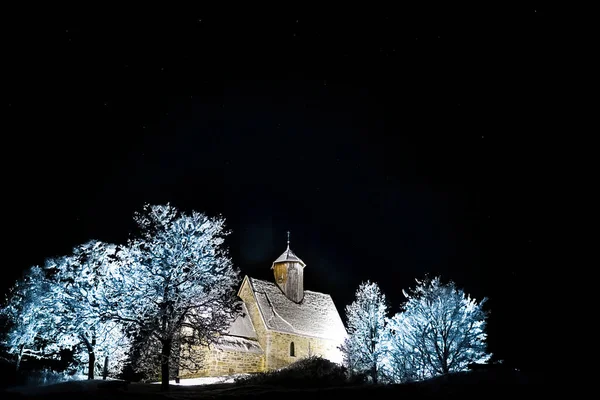
Norway’s traditional glassmaking village maintains Scandinavian craft traditions in a region where glass production began during the 18th century, adapting European techniques to Norwegian materials and aesthetic preferences. The village’s artisans developed approaches that emphasize functional beauty and environmental harmony, creating glassware that reflects Norwegian cultural values.
Modern Hadeland workshops blend traditional Nordic techniques with contemporary environmental awareness, using sustainable practices that honor both craft tradition and ecological responsibility.
Ajka, Hungary
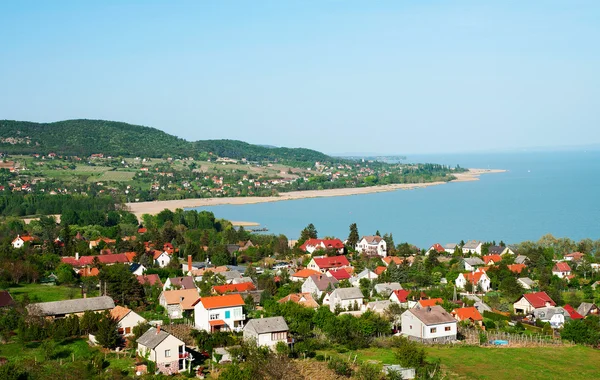
This Hungarian glass town specializes in lead crystal production using traditional Central European techniques, creating glassware that reflects distinctive Hungarian design elements and cultural motifs. The town’s workshops developed methods for incorporating Hungarian folk art patterns into crystal cutting and engraving, creating pieces that serve as both functional objects and cultural artifacts.
Today’s Ajka artisans maintain traditional Hungarian glassmaking while adapting historical techniques to contemporary design trends.
Iittala, Finland

Finland’s most famous glass village developed distinctive Scandinavian design principles that emphasize functional beauty and environmental harmony, creating glassware that embodies Finnish cultural values and aesthetic sensibilities. The village’s artisans perfected techniques for creating clean, simple forms that showcase glass’s natural properties rather than overwhelming them with excessive decoration.
Modern Iittala workshops continue traditional Finnish glassmaking while maintaining the design philosophy that made Finnish glass internationally recognized for quality and aesthetic innovation.
Like Travel Pug’s content? Follow us on MSN.
Venetian Glass Cooperative, Italy

Multiple small workshops throughout Venice’s mainland continue traditional Venetian glassmaking techniques outside the tourist-focused Murano environment, maintaining family traditions and craft methods that predate Murano’s dominance as a commercial glassmaking hub. These workshops preserve techniques for creating everyday glassware using traditional methods, emphasizing functional quality over decorative complexity.
Contemporary artisans in these workshops maintain direct connections to medieval Venetian glass traditions while serving local markets that value craftsmanship over tourist appeal.
Baccarat, France
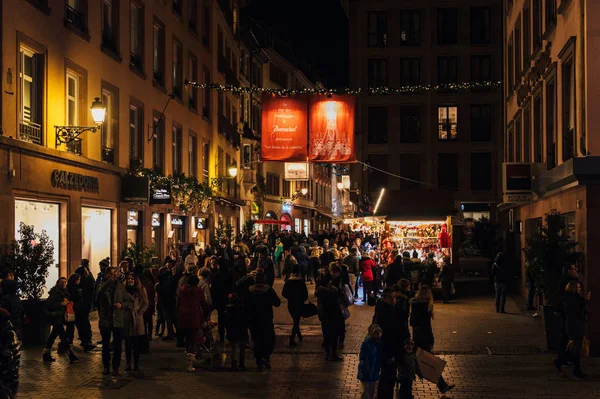
This Lorraine village became synonymous with luxury crystal production, developing techniques for creating clear crystal and complex cutting patterns that made Baccarat crystal the standard for European elegance and refinement. The village’s workshops perfected methods for incorporating precious metals and creating lighting fixtures that showcase the crystal’s light-refracting properties.
Modern Baccarat artisans continue using traditional French crystal techniques while adapting historical methods to contemporary luxury market demands.
Molten Traditions Preserved
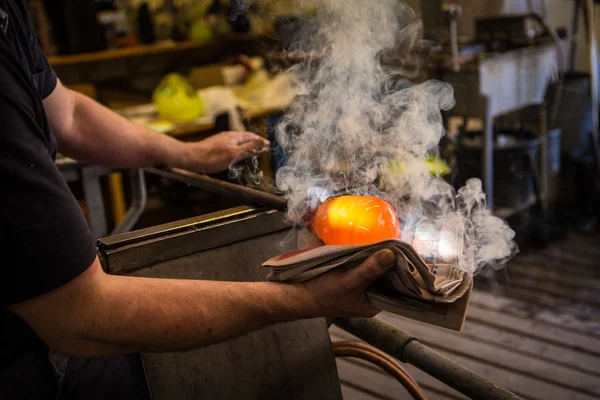
Traditional glass-blowing villages represent living museums where ancient craft techniques continue evolving through contemporary practice rather than historical preservation. These communities prove that traditional craftsmanship can adapt to modern markets while maintaining the essential skills and cultural knowledge that distinguish handmade glass from industrial production.
The survival of these villages depends on their ability to balance historical authenticity with contemporary relevance, ensuring that centuries-old techniques remain economically viable in an increasingly automated world.
Like Travel Pug’s content? Follow us on MSN.
More from Travel Pug

- 20 Best Beach Towns in the Carolinas
- 13 Destinations Where Tourists Regularly Regret Their Trip
- 20 Destinations That Are More Magical Without an Itinerary
- 20 Underrated Adventures That Belong on Your Travel List
- 20 Cities Where You Should Just Wing It, No Planning Required
Like Travel Pug’s content? Follow us on MSN.w us on MSN.N.
